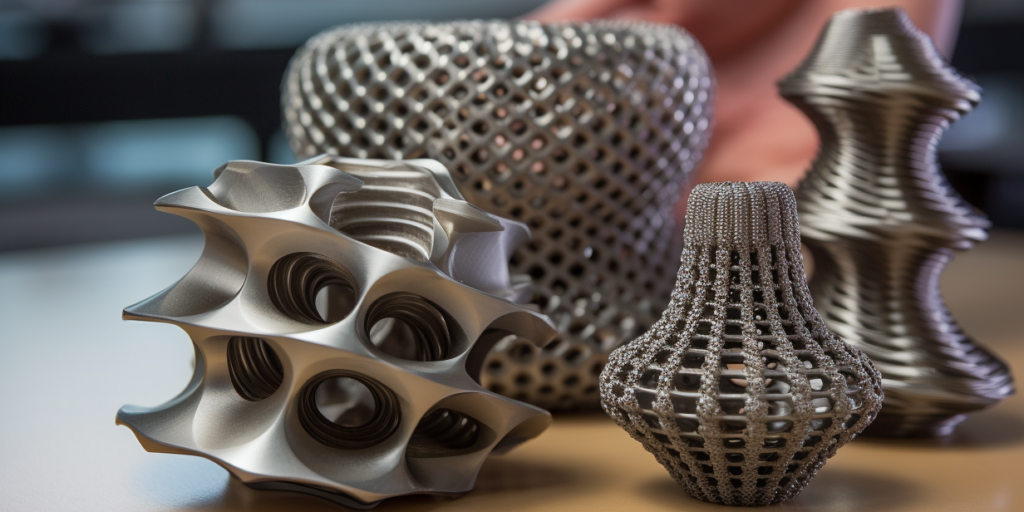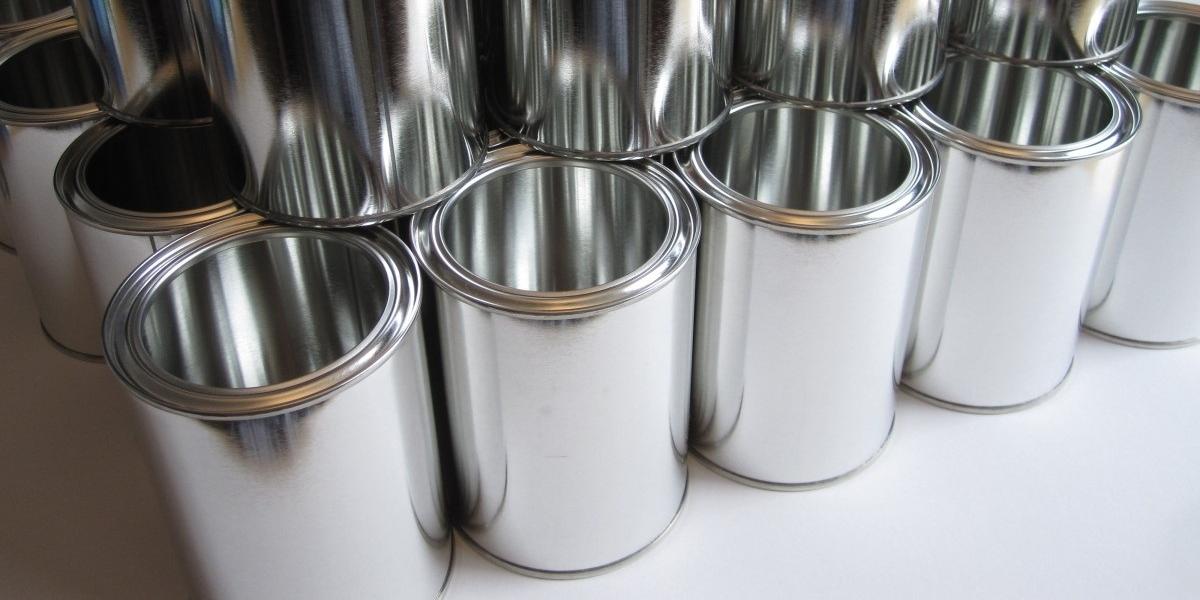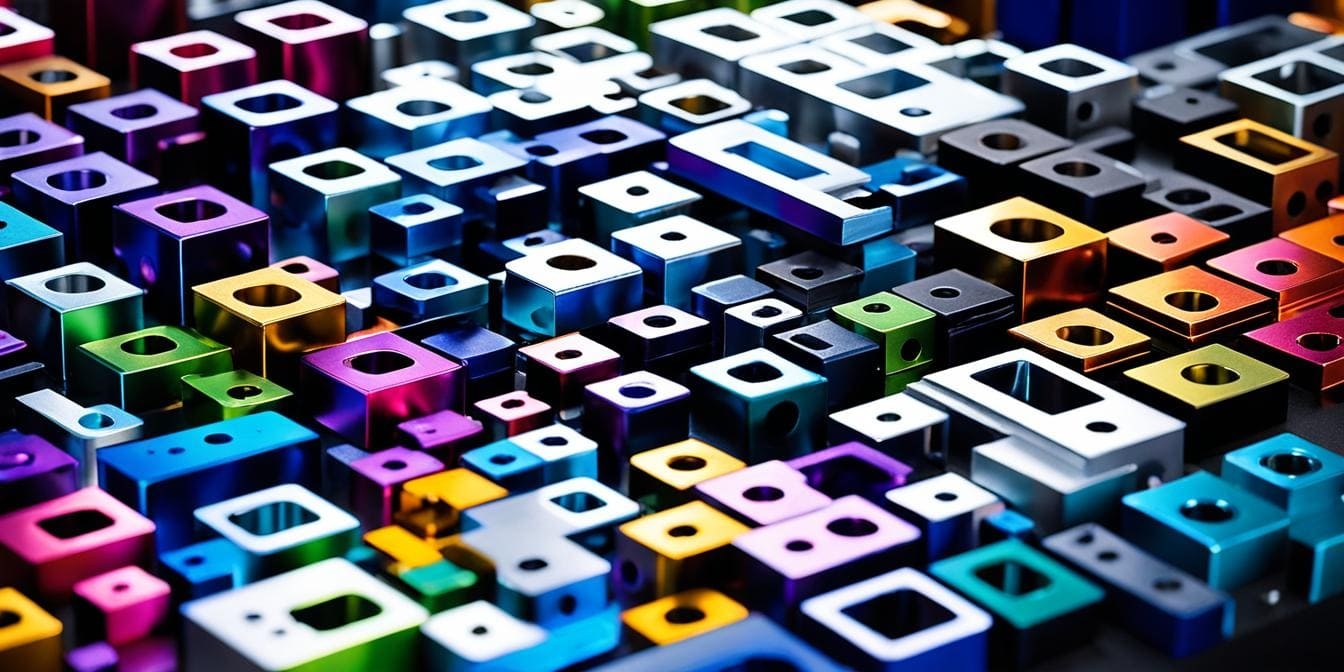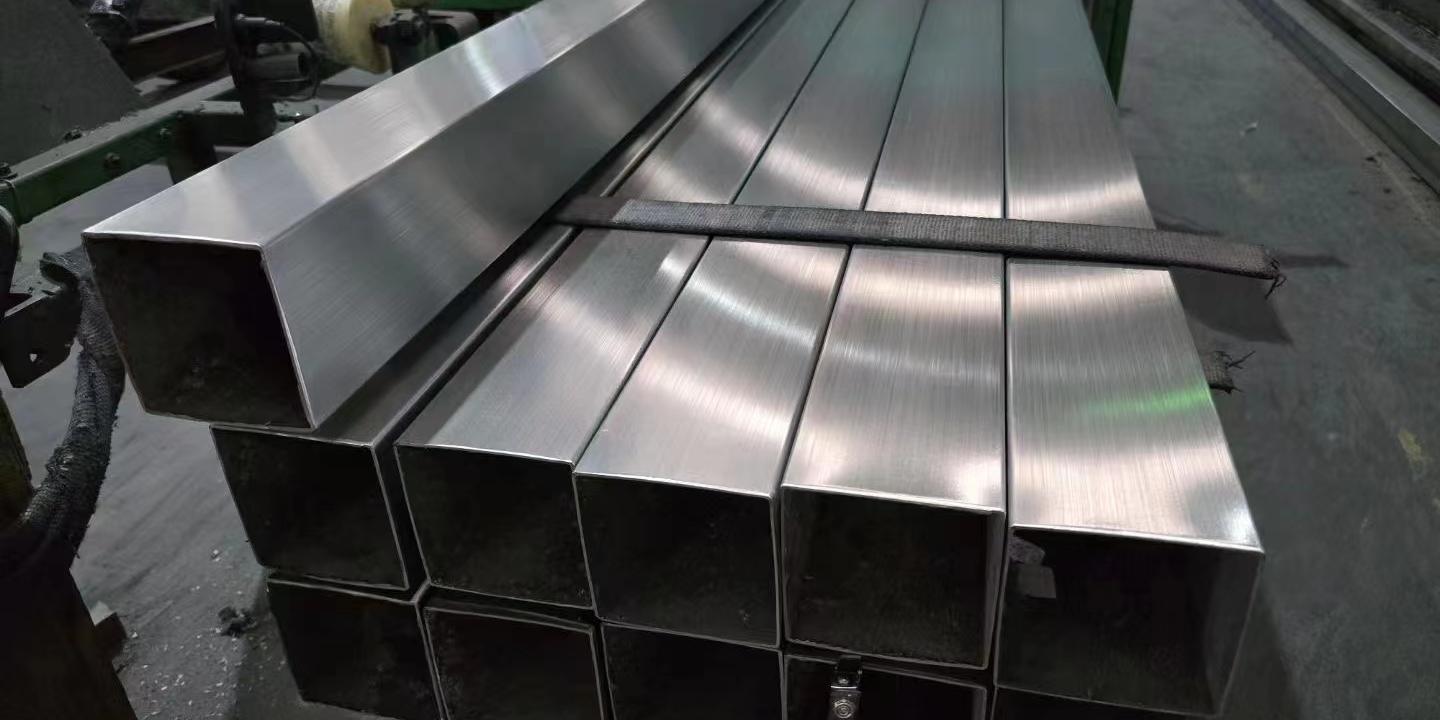
Among the various types of stainless steel, austenitic grades, particularly 18/8, 304, and 316, are the most widely used due to their balanced properties and excellent performance in a wide range of environments.
What is Austenitic Stainless Steel?
Austenitic stainless steel is the most widely used category of stainless steel, known for its excellent corrosion resistance, high ductility, and non-magnetic properties.
These characteristics are primarily due to its austenitic crystal structure, technically a face-centered cubic (FCC) lattice, formed by the addition of significant amounts of chromium and nickel.
This structure remains stable across a wide temperature range, providing both mechanical strength and resistance to oxidation and chemical attack.
Austenitic grades belong to the 300 series of stainless steels, with 18/8, 304, and 316 being the most common in commercial and industrial use. These materials are valued not only for their resistance to rust and staining but also for their ease of fabrication, making them ideal for applications in food processing, marine environments, architecture, chemical processing, and medical equipment.
Terminology of 18/8, 304 and 316
Before diving into a comparison of these alloys, it’s helpful to clarify the terminology:
- 18/8 Stainless Steel refers to a steel alloy with approximately 18% chromium and 8% nickel. It’s a general term rather than a specific grade, often used to describe stainless steels in the 300 series, especially 304.
- 304 Stainless Steel is the most common austenitic grade, with a slightly more controlled composition (typically 18–20% chromium and 8–10.5% nickel) compared to the general 18/8 designation. It offers a well-balanced mix of strength, corrosion resistance, and cost-efficiency.
- 316 Stainless Steel builds on the 304 formulation by adding 2–3% molybdenum, which significantly improves resistance to chlorides, making it the preferred choice for marine and chemical processing applications.
Although 18/8 and 304 stainless steel are often used interchangeably in practice, 304 is a defined specification with more narrowly controlled chemical content. Meanwhile, 316 stands out for environments requiring greater resistance to corrosion and pitting.
Properties of 18/8, 316, and 304 Stainless Steel
While 18/8, 304, and 316 stainless steels all belong to the austenitic family and share similar mechanical behavior, their subtle differences in chemical makeup lead to significant variations in corrosion resistance, strength, and application suitability.
The following table summarizes and compares the chemical composition and key physical properties of these three grades:
| Property | 18/8 Stainless Steel | 304 Stainless Steel | 316 Stainless Steel |
| Chromium (Cr) | ~18% | 18.0 – 20.0% | 16.0 – 18.0% |
| Nickel (Ni) | ~8% | 8.0 – 10.5% | 10.0 – 14.0% |
| Molybdenum (Mo) | 0% | 0% | 2.0 – 3.0% |
Table 1: Chemical Composition (Key Alloying Elements)
In addition to the primary alloying elements, all three stainless steel grades also contain small amounts of carbon (≤ 0.08%), manganese (≤ 2.00%), silicon (≤ 1.00%), phosphorus (≤ 0.045%), and sulfur (≤ 0.030%).
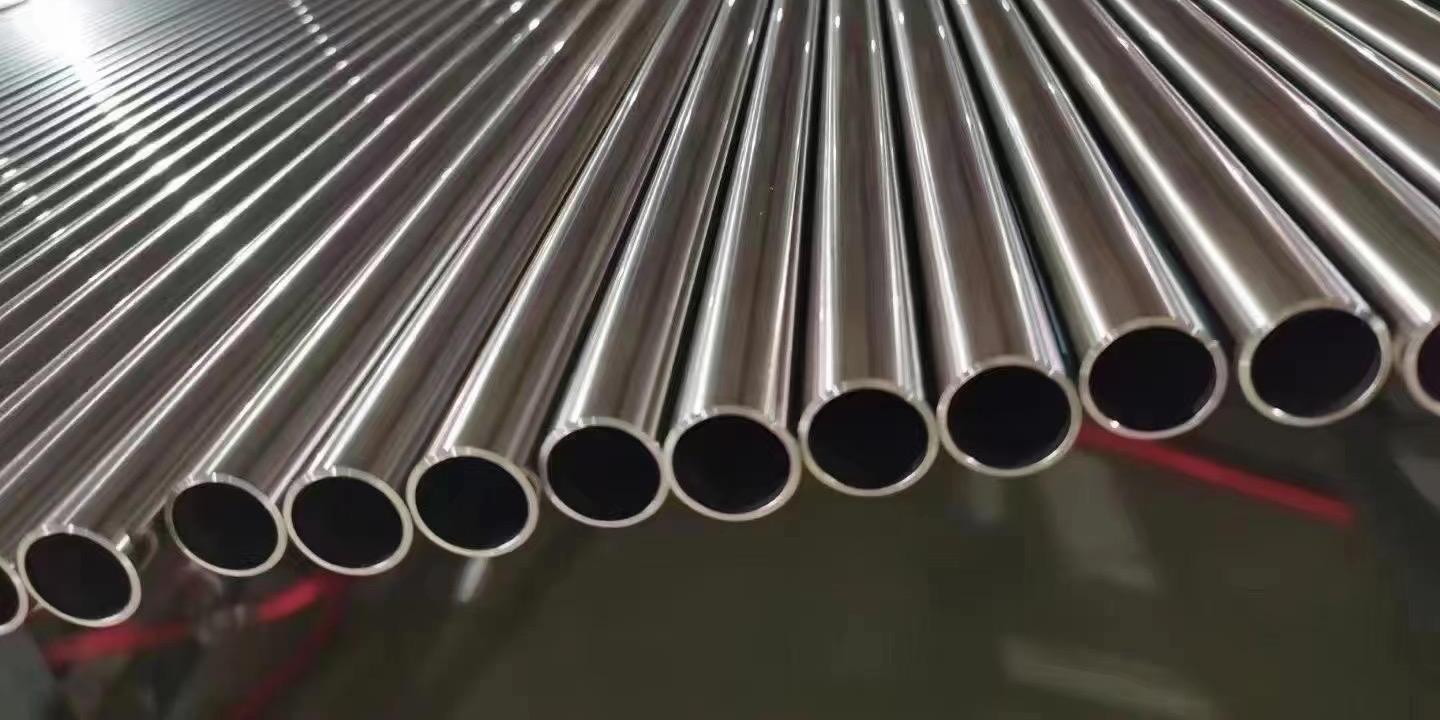
Image: 304 stainless steel rod
While all three grades offer good strength and ductility, 316 stainless steel stands out for its superior corrosion resistance, particularly in marine and chemical applications, due to its molybdenum content.
| Property | 18/8 Stainless Steel | 304 Stainless Steel | 316 Stainless Steel |
| Tensile Strength | ~515 MPa (min) | 515 – 750 MPa | 515 – 760 MPa |
| Yield Strength | ~205 MPa (min) | ≥ 205 MPa | ≥ 205 MPa |
| Elongation at Break | ~40% | ≥ 40% | ≥ 40% |
| Corrosion Resistance | Good (general purpose) | Excellent (general and mild environments) | Superior (chloride, marine, and acidic) |
| Magnetic Response | Non-magnetic | Non-magnetic (can become slightly magnetic when cold worked) | Same as 304 |
| Typical Applications | Cutlery, cookware, fasteners | Food equipment, piping, architectural trim | Marine parts, medical devices, chemical tanks |
Table 2: Mechanical and Performance Properties
These distinctions are critical when selecting the appropriate material for structural reliability, longevity, and environmental resistance.
Read more: 18/0 vs 18/8 vs 18/10 Stainless Steel
18/8 vs. 304 vs. 316 Stainless Steel
While all three grades belong to the austenitic family, subtle differences in composition and performance can significantly impact their suitability for different environments.
Corrosion Resistance
While both 18/8 and 304 offer excellent protection in general-purpose environments, 316 provides superior resistance, especially against chlorides, acids, and saltwater, thanks to its added molybdenum, making it the material of choice for harsh or marine conditions.
Formability
All three stainless steel grades – 18/8, 304, and 316 – offer excellent formability due to their austenitic structure, allowing them to be easily drawn, rolled, or bent without cracking.
However, 304 and 316, being standardized grades with tighter composition control, tend to offer more predictable results in high-precision forming applications.
Weldability
Austenitic stainless steels are known for their good weldability, and this holds true for 18/8, 304, and 316. 304 and 316 are especially well-suited for welding processes, with 316 offering slightly better resistance to weld-related corrosion in aggressive environments due to its molybdenum content.
Cost Consideration
18/8 and 304 are generally comparable, with 304 sometimes priced slightly higher due to its certified composition and broader industrial use. 316 stainless steel, on the other hand, is significantly more expensive due to the addition of molybdenum and its enhanced corrosion-resistant performance.
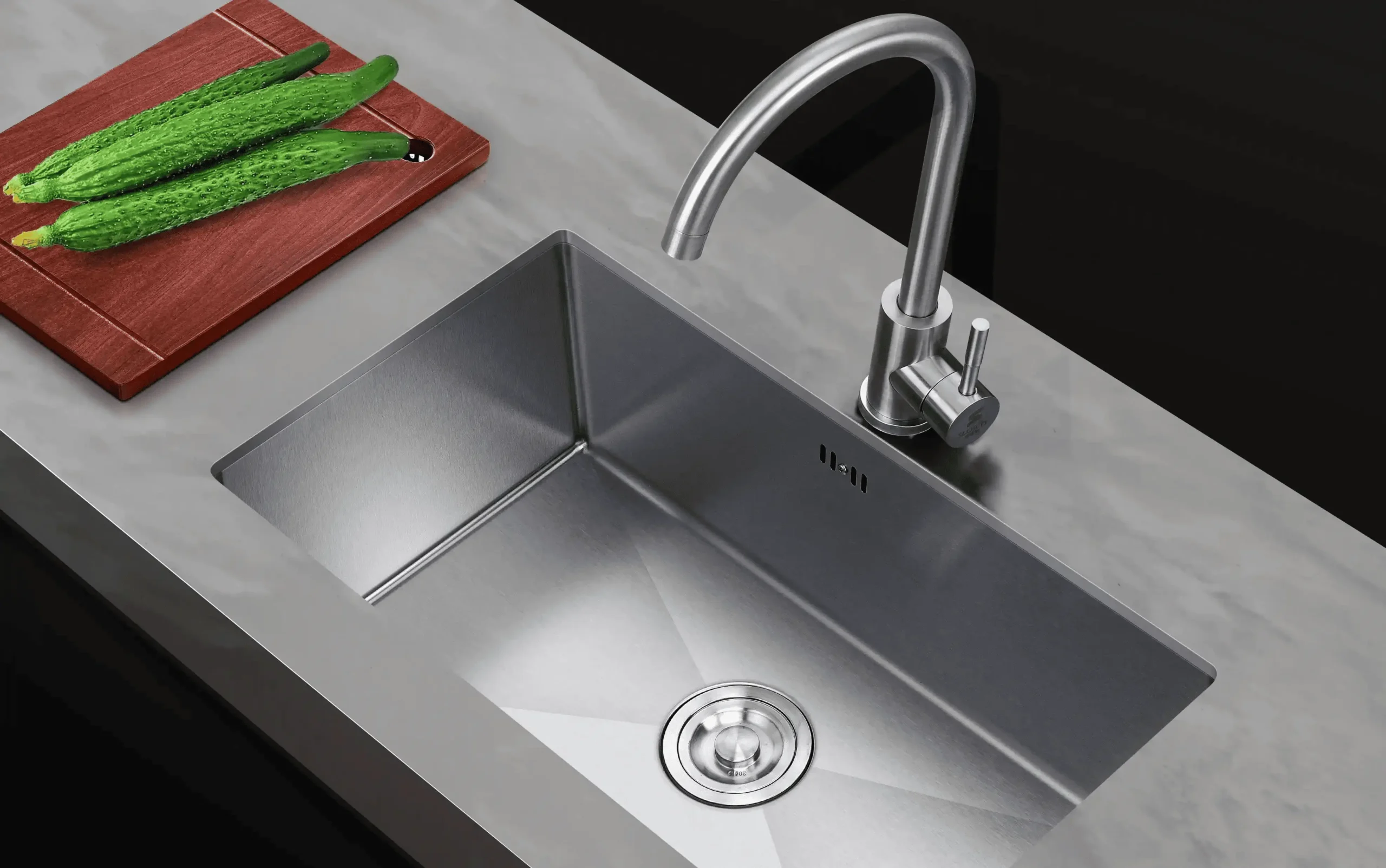
Image: stainless steel sink
Advantages and Disadvantages
Each stainless steel grade—18/8, 304, and 316—offers unique benefits and trade-offs. The following table provides a side-by-side comparison of their respective advantages and disadvantages to assist in selecting the most suitable material for a given application.
| Grade | Advantages | Disadvantages |
| 18/8 Stainless Steel | – Good general corrosion resistance – Economical choice for non-critical applications – Readily available |
– Less defined composition (not a certified grade) – Limited suitability for harsh or marine environments |
| 304 Stainless Steel | – Excellent formability and weldability – Strong resistance to corrosion in most environments – Widely accepted industry standard |
– May suffer from pitting in chloride-rich or coastal settings – Slightly higher cost than general 18/8 |
| 316 Stainless Steel | – Superior corrosion resistance, especially against chlorides and chemicals – High durability in marine and industrial applications – Excellent weldability |
– Higher cost due to molybdenum content – Overengineering for basic or indoor applications |
Table 3: Advantages and Disadvantages
Best Practices for 18/8, 304, and 316 Stainless Steel
Selecting the right stainless steel grade goes beyond material properties, it involves aligning technical capabilities with environmental demands, regulatory requirements, and long-term performance goals.
Environmental Factors
When choosing between 18/8, 304, and 316 stainless steels, environmental exposure should be a primary consideration. In indoor or low-corrosion environments, 18/8 or 304 generally provides sufficient protection and durability.
However, in settings involving saltwater, chemicals, or high humidity, 316 is the recommended choice due to its superior resistance to chloride-induced corrosion and pitting. Temperature fluctuations and mechanical stresses should also be factored in, as these may influence fatigue performance and dimensional stability over time.
Regulatory and Safety Standards
Material selection must align with relevant industry standards and certifications, especially in sectors such as food processing, medical device manufacturing, and pressure vessel fabrication.
- 304 and 316 stainless steels are widely recognized under standards such as ASTM, ASME, and ISO, offering predictable quality and traceability.
- 316 is often required in pharmaceutical, marine, or chemical processing industries to meet specific hygiene or corrosion resistance criteria.
- 18/8, being a general term rather than a certified grade, may not meet stringent regulatory demands without further specification.
Read more: ISO 2768: Explaining CNC Machining Tolerance Standards
Long-Term Performance and Maintenance
Beyond initial cost, the long-term performance and maintenance profile of each stainless steel grade should be carefully evaluated.
While 18/8 and 304 offer low maintenance in general-purpose applications, 316 delivers greater longevity in corrosive or abrasive environments, reducing the need for repairs or replacements.
Factoring in lifecycle costs, including cleaning, inspection, and downtime, helps ensure the material continues to meet functional and safety requirements throughout its service life.
How Xmake Can Help?
Choosing the right stainless steel grade is critical to ensuring performance, durability, and cost-efficiency in any project.
At Xmake, we support this decision-making process with expert guidance and precision CNC machining services, including CNC milling, turning, and 5-axis machining and more, delivered through our streamlined online platform.
We ensure high-quality, on-demand custom manufacturing services tailored to your specific application needs.
FAQs
Is 304 or 316 stainless steel better?
316 stainless steel is generally better for environments with high corrosion risks, like marine or chemical settings, due to its molybdenum content, which enhances corrosion resistance.
For example, 316 is ideal for boat fittings exposed to saltwater, while 304 is sufficient for general-purpose uses like kitchen appliances or indoor structures where cost-effectiveness is key.
Is 304 or 316 stainless steel better for food?
Both 304 and 316 stainless steel are food-safe and widely used in food processing, but 316 is often preferred for its superior corrosion resistance, especially in acidic or salty food environments.
For instance, 316 is better for equipment handling acidic foods like tomatoes or citrus, as it resists pitting better than 304. However, 304 is commonly used for standard kitchenware, like pots and pans, due to its affordability and adequate performance.
Does 304 stainless steel rust?
304 stainless steel is highly resistant to rust due to its chromium content, which forms a protective oxide layer, but it can rust under extreme conditions, like prolonged exposure to chlorides or saltwater.
For example, 304 may show rust spots if used in coastal areas without proper maintenance. Regular cleaning and avoiding harsh chemicals can keep 304 rust-free in most applications.


